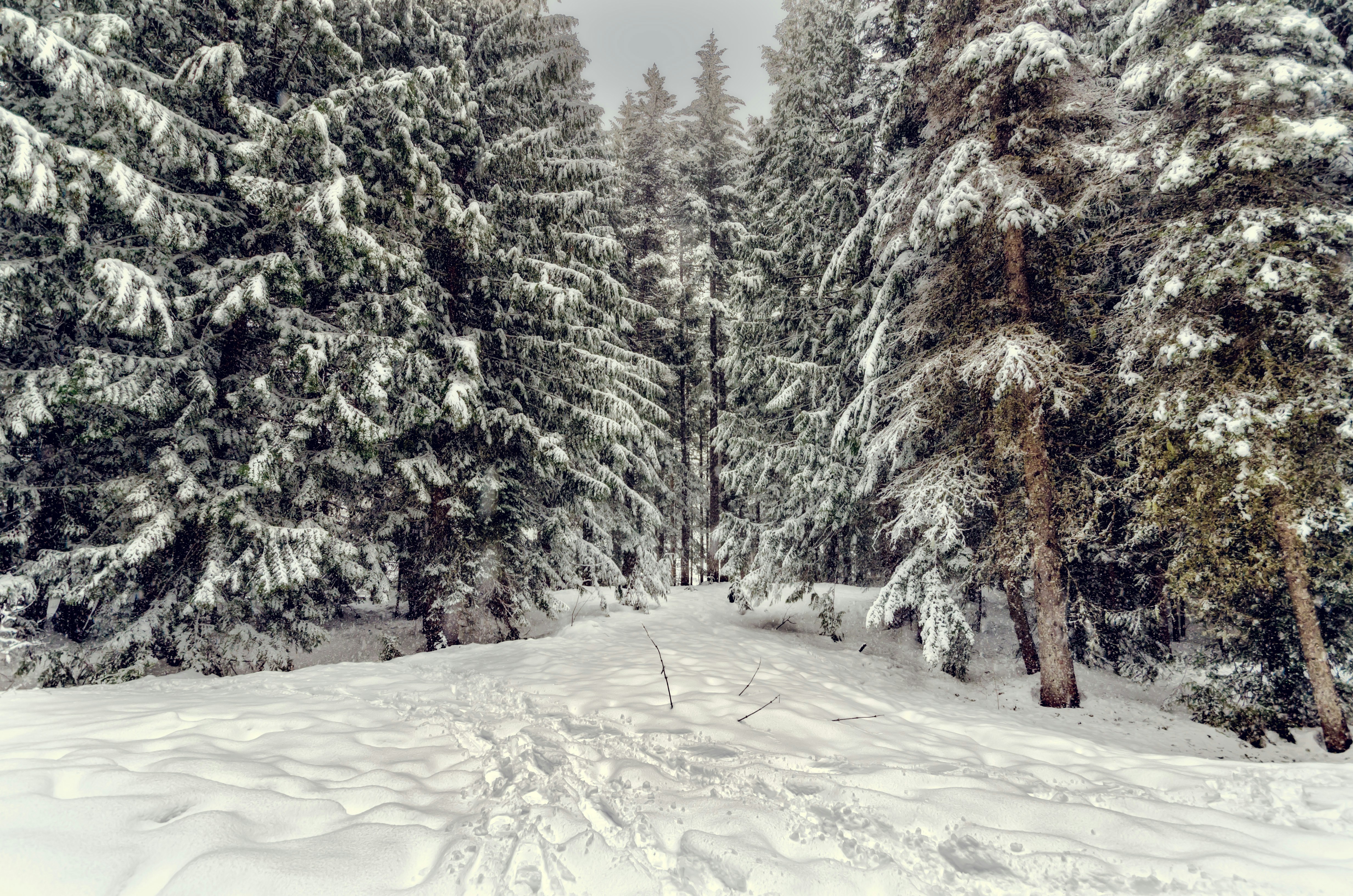Have you ever wondered about how stepping into an icy bath could transform your life? It may sound a bit like science fiction or perhaps something reserved for elite athletes, but the practice of cold plunging is gaining attention for its potential to invigorate not just your body, but your entire mindset and lifestyle. Let’s journey through this unique and exhilarating approach and discover how cold plunging can help you redefine your existence.
Understanding Cold Plunging
Cold plunging, also known as cold-water immersion, involves immersing yourself in water at temperatures significantly lower than what you might encounter in a regular swim. Typically, this means taking a dip in water that’s below 59 degrees Fahrenheit (15 degrees Celsius). This practice isn’t new; it’s been part of various cultural rituals and athletic practices for years. However, only recently have more people started turning to cold plunges for their rejuvenating benefits.
Why Do People Engage in Cold Plunging?
You might ask, “Why would anyone willingly immerse themselves in freezing water?” It’s an understandable question. Cold plunging can be challenging, but it’s precisely this challenge that propels individuals to return for more. The immediate rush of cold provides a thrilling confrontation with your own limits, forcing you to focus entirely on the present moment. Beyond the mental zing, there are potential physical benefits to explore.
The History of Cold Plunging
Cold plunging has ancient roots, with evidence showing it was practiced in numerous cultures. From the Scandinavian winter swims to the Japanese practice of Misogi, where cold exposure is used for spiritual purification, cultures around the world have recognized the value in braving the cold. In modern times, athletes have used it as part of their recovery processes, relying on its ability to reduce inflammation and speed up muscle healing.
Influential Figures in Cold Exposure
Several influential figures have helped bring cold exposure into the mainstream. Wim Hof, often referred to as “The Iceman,” has popularized the practice through his method, which combines breathwork with cold exposure for profound physiological and mental benefits. His work has inspired many to take the plunge and has sparked scientific interest in studying cold’s effects on the body and mind.
The Science Behind Cold Plunging
Scientific inquiry into cold plunging has unearthed various findings that could explain why this practice is so invigorating. When you immerse your body in cold water, several biological reactions occur.
How Your Body Reacts
The initial shock to your system activates the body’s fight or flight response, releasing endorphins, which are natural painkillers. This response can result in a mood elevation and a sense of euphoria. Adrenaline is also released, giving you a burst of energy. Over time, as you consistently engage in cold plunging, these reactions can contribute to improved stress resilience and mental toughness.
Potential Health Benefits
-
Improved Circulation: Cold exposure can improve blood flow since your body works harder to maintain its core temperature.
-
Boosted Immunity: Studies suggest regular cold plunging can lead to an increase in leukocytes, which are instrumental in fighting infections.
-
Enhanced Mood: Due to the release of endorphins and other chemicals, many people report feeling happier and more energized after a cold plunge.
-
Pain Relief: Especially for those with arthritis or chronic pain, the anti-inflammatory effects of cold immersion can bring significant relief.
How to Start Cold Plunging
If you’re intrigued and ready to add this practice to your routine, there are a few steps to ensure you start safely and comfortably.
Preparation is Key
Before you take the dive, there are a few things to consider:
-
Mental Preparation: Accept that cold plunging is as much a mental challenge as a physical one. Start by visualizing yourself successfully completing the plunge, focusing on the positive sensations you’ll experience afterward.
-
Equipment: You don’t need much, but having a good-quality thermometer to check water temperature can be helpful. Some people also invest in neoprene gloves and socks to prevent excessive numbness.
Finding the Right Spot
Identifying a location is crucial. If you have access to natural cold water bodies, such as lakes or rivers, they can be ideal. Urban dwellers often opt for using at-home ice baths or cold plunge tanks, which can be just as effective.
Steps to Your First Plunge
-
Gradual Exposure: Begin with a cold shower. This allows your body to adjust to lower temperatures incrementally.
-
Time Your Immersion: Start with short periods—around a minute—and gradually increase as your tolerance grows.
-
Breathe Deeply: Focused breathing can prevent panic. Inhale deeply, exhale slowly, and maintain steady breathing throughout the immersion.
-
Listen to Your Body: Pay attention to how you’re feeling. If you start to shiver uncontrollably or feel chilled to the bone, it’s time to exit.
Encounters and Experiences
Each plunge is a personal journey, and everyone experiences the benefits differently. For some, it’s a path to self-discovery and overcoming personal limits. For others, it provides a much-needed sense of calm amidst life’s chaos.
Personal Anecdotes
Many who have incorporated cold plunging into their lives describe it as a turning point. From overcoming anxiety to reinvigorating their creativity, these stories highlight the transformative power of embracing the cold.
Building a Routine
Consistency can amplify the benefits of cold plunging. Establishing a routine can help integrate this practice effectively into your lifestyle.
Finding What Works for You
-
Morning vs. Evening: Some individuals find a morning plunge invigorates their day, while others use it as a revitalizing end-of-day ritual.
-
Pairing with Other Practices: Cold plunging pairs well with activities like meditation or yoga, which can enhance the overall experience.
Overcoming Common Challenges
Undoubtedly, cold plunging isn’t without its challenges. Many face obstacles such as fear of the cold or concerns about safety. However, most hurdles can be overcome with a bit of patience and adjustment.
Addressing Fears
Fear of the unknown is natural. Start small and celebrate each step forward. Remember that the discomfort is temporary, but the benefits can be long-lasting.
Ensuring Safety
Safety should always be your top priority. Never plunge alone, and be aware of the signs of hypothermia. Always have warm clothes ready for after your plunge to help your body rewarm effectively.
Enhancing the Experience
To make cold plunging a more enjoyable and enriching experience, consider incorporating some enhancements.
Music and Meditation
Listening to music or guided meditation during your plunge can help focus your mind and make the experience more enjoyable.
Community Engagement
Engaging with a community of like-minded enthusiasts can provide support and motivation. Whether it’s an online forum or a local group, sharing your journey with others can be incredibly rewarding.

Cold Plunging Q&A
Here are some common questions and answers to help clarify your understanding:
| Question | Answer |
|---|---|
| Is cold plunging safe? | Yes, when done properly and with adherence to safety guidelines. Consulting with a healthcare provider is wise if you have underlying health issues. |
| How soon will I see benefits? | Some benefits, like mood elevation, can be immediate. Others, like improved immunity, may take regular practice over time. |
| How cold should the water be? | Between 50–59°F (10–15°C) is optimal for beginners, but seasoned plungers may tolerate even colder temperatures. |
| Can everyone try cold plunging? | It’s not suitable for everyone. People with certain medical conditions, such as cardiovascular problems, should seek medical advice first. |
The Transformative Power of Cold
By immersing yourself in nature’s chill, you confront both physical discomfort and mental barriers. Overcoming these not only reinvigorates your spirit but can usher in a sense of accomplishment and renewed perspective. The practice of cold plunging is deeply personal, and whether it becomes a lifelong routine or a seasonal adventure, the benefits of stepping into cold water extend beyond the surface.
In the world of self-improvement and transformation, cold plunging presents an unexpected yet refreshing opportunity to reimagine yourself. Perhaps it’s time you considered the power of cold immersion in shaping not just your physical well-being but your entire approach to life. This practice can open doors to a new you, more resilient, present, and alive to the world around you.





